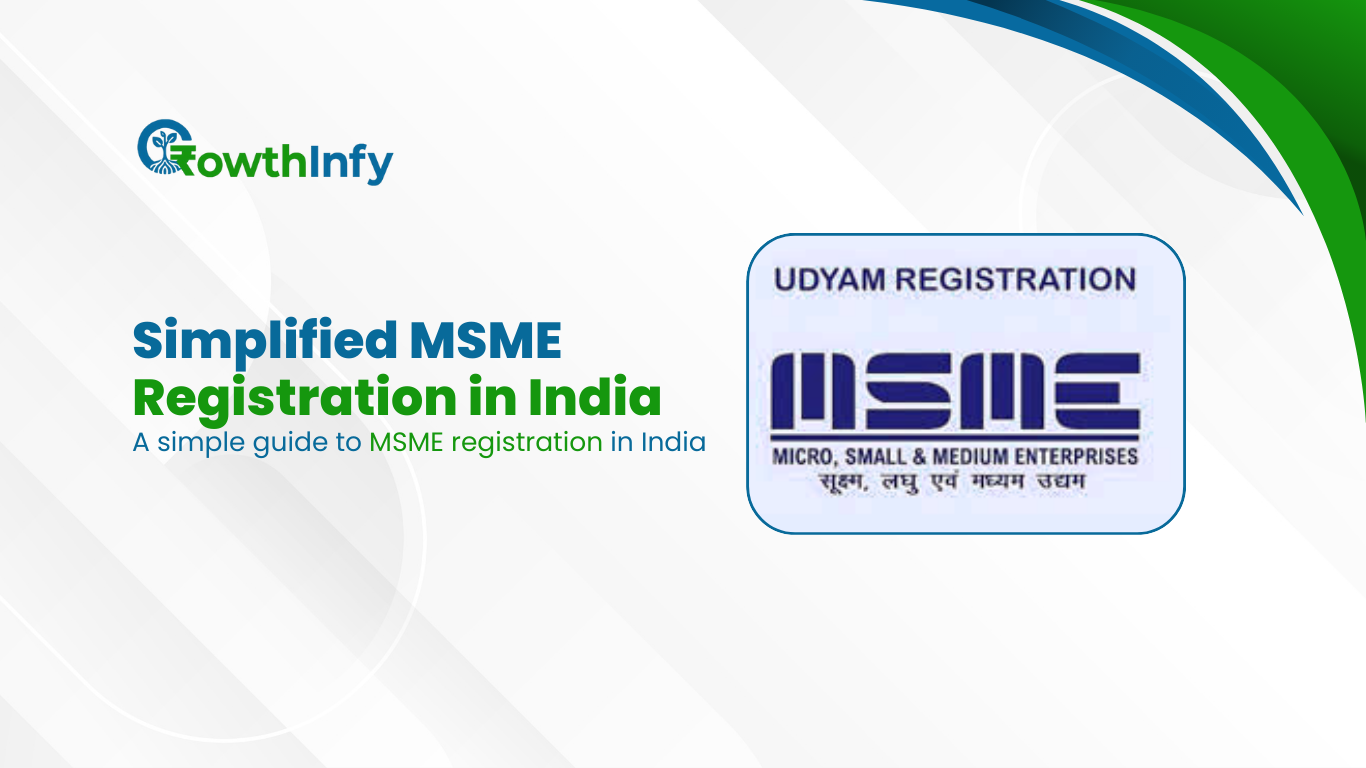Evolution of the Indian Startup Ecosystem Over the Last Decade
In the last decade, the Indian startup ecosystem went through a radical transformation. It has developed from an unfledged environment into the third-largest startup hub in the world, after the United States and China. Technological progress somewhere, favorable government policies, capital emergence, and young energetic workforce somewhere else-the ecosystem has diversified into sectors, geography, and with that evolution, it has generated millions of jobs while spurring innovation globally. This article traces the vital drivers, milestones, and roadblocks faced across this vibrant journey from 2015 to 2025.
The Foundation: Early 2010s and the Rise of E-Commerce
During the early 2010s, India’s startup ecosystem was still in its nascent stages, with a few technology-oriented businesses, mostly in IT services and outsourcing. Those were the years that saw the emergence of e-commerce giants such as Flipkart (founded in 2007) and Snapdeal, which rode the spurt in internet penetration and a rising middle class with spendable income. These companies set the foundation for consumer internet companies, and they attracted enormous venture capital (VC) from international investors, including Chinese and American companies. The firm has raised capital from international investors, mainly Chinese and American companies. Over 600 startups have raised over $2 billion in funding by 2015, large deals in the e-commerce space being Jabong and Pepperfry.
The liberalization of India’s economy in the early 1990s, together with the establishment of NASSCOM in 1988, prepared the ground for such growth. The “10,000 Startups” initiative by NASSCOM in 2013 further bolstered the ecosystem with incubation and mentorship. The entry of players such as Amazon, on the other hand, in 2013 spurred competition and innovation in consumer technology and logistics.
The Game-Changer: Startup India Initiative (2016)
January 2016 marked perhaps the most pivotal moment in the history of entrepreneur-focused schemes in India when the Indian government launched the Startup India initiative. The campaign targeted innovation enhancement and making entrepreneurship an easy path by way of tax sops, ease of compliances, and the Fund of Funds for Startups (FFS) with an initial corpus of ₹10,000 crore to catalyse private investment. Further, creating an incubation base was envisioned via the Startup India Hub and the Atal Innovation Mission.
The effect was instant and deep. From around 500 startups in 2016, the ecosystem expanded to more than 1.59 lakh identified startups by January 2025, according to the Department for Promotion of Industry and Internal Trade (DPIIT). The program democratized entrepreneurship, making it a sustainable career option for young Indians, especially STEM graduates, who form a large chunk of the nation’s under-35 population.
Funding Boom and the Unicorn Surge
With regard to investment, the decade witnessed heavy capital inflows. Startup India raised more than $147 billion between 2014 and 2024. Amidst international investor sentiment into the burgeoning digital economy of India, the funding environment peaked in the years 2020 and 2021. In view of global economic uncertainties and the sudden collapse of Silicon Valley Bank, a funding winter prevailed during 2022-2023. However, with this downturn came the recovery of the ecosystem in 2024, where it raised $11 billion against $9.4 billion in 2023. One of the important deals was a $1 billion raise by Zepto, emphasizing the quality of investments more than the quantity of deals.
The emergence of unicorns—companies worth more than $1 billion—has been the signature of this era. India got its first unicorn in 2011, and as of January 2024, India had 113 unicorns with a total valuation of $350 billion. In 2025, the figure increased to 118, with the likes of Zomato ($30 billion market cap) and Swiggy dominating the list. The rise of “soonicorns” (potential unicorns) further justifies the depth of the ecosystem, as there were 355 promising startups in 2023.
Sectoral Diversification and Technological Innovation
While fintech and e-commerce led initial growth, the ecosystem became highly diversified in the decade. Areas such as health-tech, edtech, deep tech, space tech, and electric vehicles (EVs) became prominent. Deep tech startups alone garnered $6.73 billion in funding, of which $2.1 billion was in 2022, showing India’s emphasis on R&D-led innovation. The EV space received $4.8 billion, and space tech became a global player after privatization attempts.
The adoption of artificial intelligence (AI) and generative AI (GenAI) has been especially revolutionary. As of May 2023, more than 60 GenAI startups were providing solutions across sectors, fueled by the shocks of the COVID-19 pandemic. Initiatives such as the India AI Mission, where $267 million was reserved for AI startups, also helped boost this trend. Fintech also saw growth, with breakthroughs such as the United Payments Interface (UPI) and firms such as Paytm, Razorpay, and PhonePe transforming digital payments.
Geographical Expansion: Beyond Metro Hubs
While the startup ecosystem was traditionally based out of Bengaluru, Mumbai, and Delhi-NCR, applicants are now finding its way to Tier-II and Tier-III cities such as Jaipur, Ahmedabad, Kochi, and Indore. Bengaluru goes on to hold the startup capital status, having managed to raise $70.4 billion during the last decade. In a similar vein, Jaipur, far away from metros, has grown into a fintech hive of some $214 million in 2023. Several initiatives by the government and again the change in digital infrastructure have taken this further, enabling startups to tap into local talent and look at their local markets. Other states such as Bihar and Haryana also stand promising because of their proximity to urban pockets and resource richness.
Job Creation and Economic Impact
Startups have been a major contributor to employment, generating more than 16.6 lakh direct jobs as of late 2024, of which the IT services industry added 2.04 lakh jobs. Startups were estimated to have created about 10 lakh jobs by the year 2023, relieving brain drain fears and refocusing talent on various sectors. The economic impact of the ecosystem is reflected in its contribution to India’s GDP, with estimates pointing towards a 12–15% year-on-year growth in the years to come.
The emergence of women entrepreneurs has been a significant trend, with 73,151 startups having at least one woman director as of October 2024. Schemes such as the Stand-Up India scheme, which provided loans to Scheduled Caste, Scheduled Tribe, and women entrepreneurs, have promoted inclusivity, with more than 80% of loans under the scheme going to women.
Challenges: Funding Gaps, Exits, and Governance
Although it has expanded, the ecosystem is not without challenges. Early-stage ventures frequently find it challenging to raise capital, with most depending on government programs and angel investors. The 2022–2023 funding winter saw more than 37,260 employees laid off from 130 startups, pointing to governance weaknesses and business models that are unsustainable.
Exits and liquidity continue to be key concerns. In contrast to Silicon Valley, where exits are fueled by acquisitions by technology giants, Indian firms have been tardy in acquiring startups, restricting liquidity for investors. Regulatory complexities also present challenges, with unclear policies stifling innovation in certain industries. Overcoming these issues calls for greater interlinkages between mature and emerging startup clusters, as well as profitability-oriented policies rather than explosive valuation growth.
The Road Ahead: A Global Innovation Powerhouse
India’s startup ecosystem is set to grow further, with estimates of having more than 250 unicorns by 2025 and over 1 billion internet users. Domestic venture capital expansion, in addition to government emphasis on programs such as Digital India, Make in India, and the Drone Shakti Program, will further solidify the ecosystem. Increased presence of family offices and Indian institutional investors is a sign of a transition to indigenous-style funding models, lowering reliance on foreign capital.
With Indian startups setting their sights on international markets more and more, they are leaving the era of “me-too” models behind to develop differentiated, IP-based solutions. The resilience of the ecosystem, as proven in the funding winter, and the capacity to innovate in every sector make India a global leader. By resolving issues like funding shortages and regulatory issues, India’s startups can propel the country towards its $10 trillion economy target, establishing it as an innovation hub.
Conclusion
The last decade has been a revolutionary ride for India’s startup ecosystem, with exponential scaling, sector diversification, and international acclaim. From the e-commerce revolution of the early 2010s to the AI-led innovations of 2025, the ecosystem has matured into a force to be reckoned with for economic and social transformation. Though there are challenges ahead, cooperative efforts by entrepreneurs, investors, and policymakers guarantee that India’s startup phenomenon is only just starting, with the ability to transform the innovation landscape globally.




